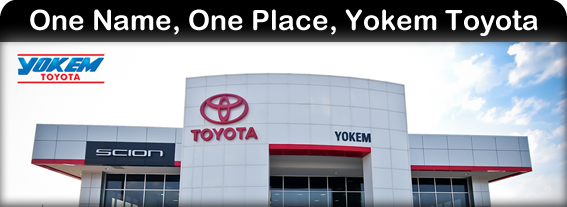We all dread filling up at the pump and draining our bank account. But we have to get around some how! However, there are several ways to save on gas and keep some money in your pocket.
1. Go easy on your accelerator! If you anticipate the traffic you can avoid slamming on your breaks and accelerating too quickly. If possible, use cruise control, this cuts out the constant braking and accelerating.
2. Carpooling is fun! With just one person in your carpool, you could cut your fuel costs by 50 percent! Make friends and alternate driving with people in your area. The more people in your carpool, the more you save!
3. Let go of your excess baggage. Do you really need all those extra things in your trunk? The less you car weighs, the less work it does, and the less gas it is going to burn.
4. Don’t ignore those check-whatever lights. Regular maintenance will keep your car purring beautifully. The better you take care of your car, the better it will perform. Make sure under the hood is running smoothly and your tires are properly inflated.
5. Get some fresh air! If it’s a nice day, put your windows down! Turning off your A/C will put less stress on your engine, and help it use less fuel. The more sparing you are with your A/C and heat, the more gas in your tank!
6. This brings me to my next point, aerodynamics! While keeping the windows down helps cut gas consumption, this is not necessarily true for when you’re driving on the highway. Simply put, if your windows are down when you are going high speeds, it causes your vehicle to use more gas because it is less aerodynamic. It is also not beneficial to have bike racks or large objects on your roof rack. Those bug deflectors, window and sunroof deflectors are also causing more harm than good.
7. Don’t just sit there, do something! If you are just going to sit there with your car running, turn it off. Turning your car off and on is more efficient than just letting it run.
